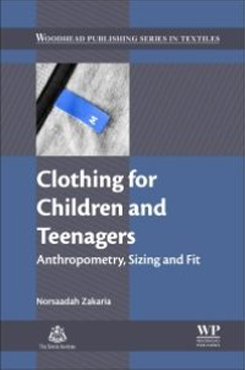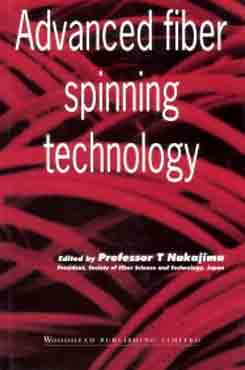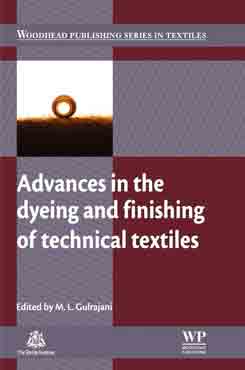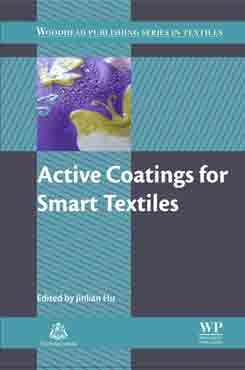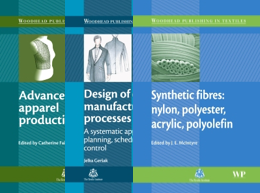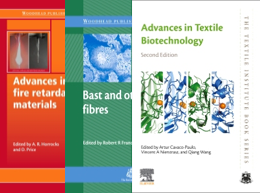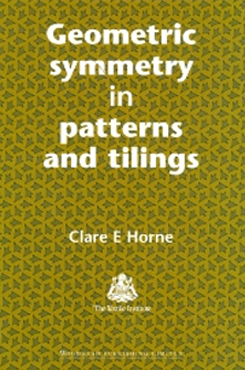Description
AVAILABLE TO PRE-ORDER PUBLISHED WEEK BEGINNING 1 DECEMBER 2021
Table of Contents
1. Introduction to bio-based fibers and their composites
2. Synthesis and surface treatments of bio-based fibers
3. Properties of bio-based fibers
4. Preparation Methods of Biofiber-Based Polymer Composite
5. Static Mechanical properties of bio-fiber based polymer composites
6. Thermal properties of bio fibre-based polymer composites
7. Dielectric properties of bio fiber-based polymer composites
8. Tribological Properties of Bio Fiber-Based Polymer Composites
9. Advances and applications of bio fiber-based polymer composites
10. Optimization of Parametric Study on Drilling Characteristics of Sheep wool Reinforced Composites
11. Investigating tribological behavior of bio-fiber based polymer composites and scope of computational tools
13. Properties of filler added bio fiber-based polymer composite
14. Advances and applications of bio fiber polymer composites in Regenerative Medicine
15. Keratin based bio fibers and their composites
16. Biofiber composites in building and construction
17. Evaluating bio fibers properties and products by NIR spectroscopy
18. Impact strength retention and service life prediction of 0deg laminate jute fiber woven mat reinforced epoxy composites
19. Acoustic and mechanical properties of biofibers and their composites
20. Identification of the elastic and damping properties of jute and luffa fiber-reinforced bio composites
21. Tribological characterization of bio-fiber reinforced brake friction composites
22. Investigation of mechanical properties of treated and untreated {i|Vachellia farnesiana} fiber based epoxy composites
23. Study on the Degradation behaviour of natural fibers composites
24. Fabrication Technology of Bio-fiber based Bio-Composites
25. Rheological properties of bio fibres in cementitious composite matrix
26. Advances and applications of biofiber based polymer composites
27. Future scope of bio-fibre based polymer composites
28. Engineering Application of Bio-fibers
29. Performance of cementitious composites incorporating coconut fibres as reinforcement
30. The effect of modified natural fibres on the mechanical properties of cementitious composites
31. Challenges and solutions for the use of natural fibres in cementitious composites
32. Biofibers of papaya tree bast: A statistical study of the mechanical properties for use potential in polymeric composites
33. Green coconut fiber as reinforcement on cement- Based materials
34. Environmental Impact Analysis of Plant Fibers and Their Composites Relative to Their Synthetic Counterparts Based on Life Cycle Assessment Approach
Description
Advances in Bio-Based Fibres: Moving Towards a Green Society describes many novel natural fibers, their specific synthesis and characterization methods, their environmental sustainability values, their compatibility with polymer composites, and a wide range of innovative commercial engineering applications. As bio-based fiber polymer composites possess excellent mechanical, electrical and thermal properties, along with highly sustainable properties, they are an important technology for manufacturers and materials scientists seeking to improve the sustainability of their industries. This cutting-edge book draws on the latest industry practice and academic research to provide advice on technologies with applications in industries, including packaging, automotive, aerospace, biomedical and structural engineering.
Key Features
- Provides technical data on advanced material properties, including electrical and rheological
- Gives a comprehensive guide to appraising and applying this technology to improve sustainability, including lifecycle assessment and recyclability
- Includes advice on the latest modeling techniques for designing with these materials
Readership
Students, engineers, and researchers with an interest in sustainable textiles, biopolymer composites, biomaterials, and biofibers
